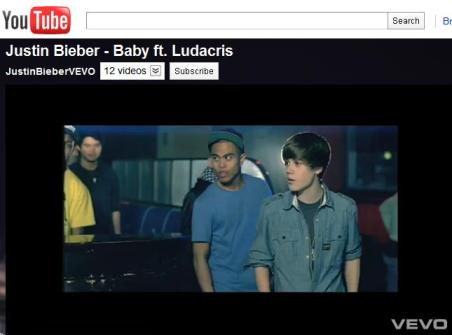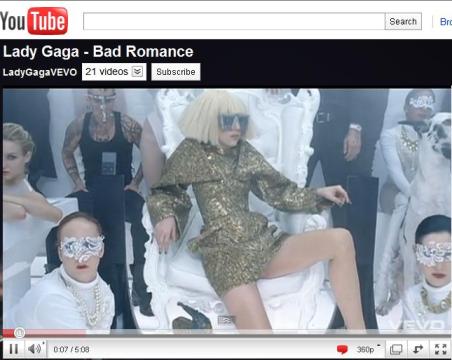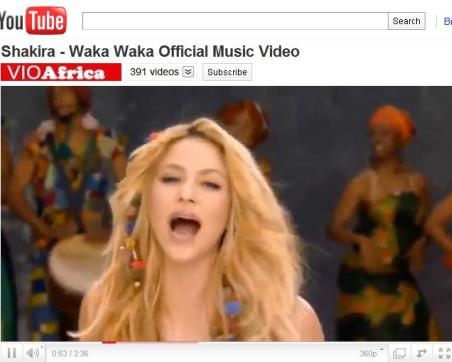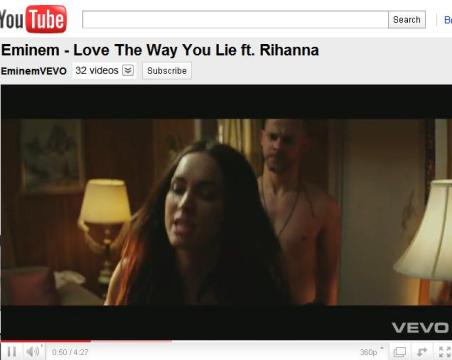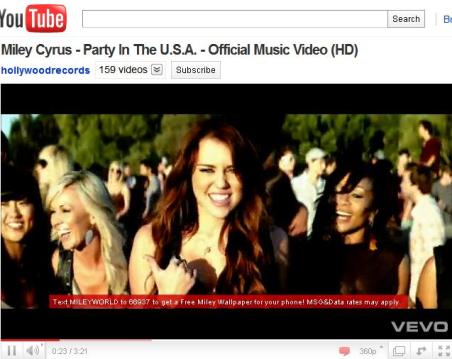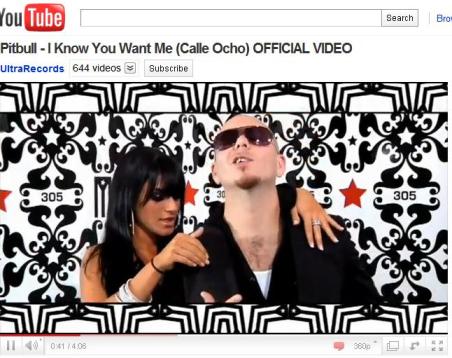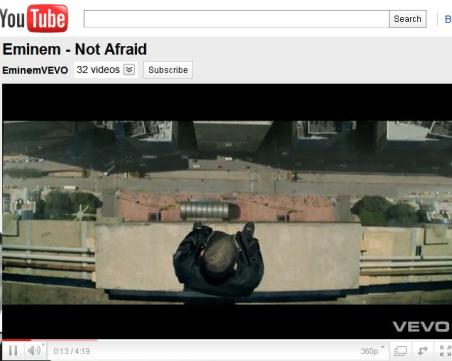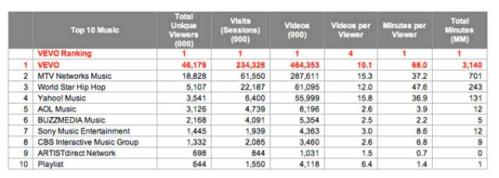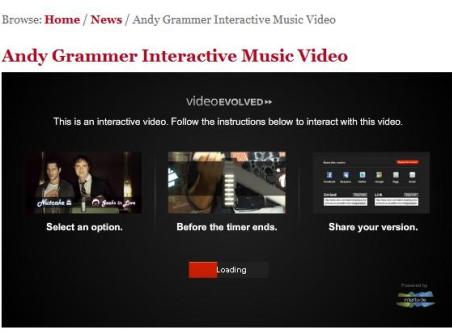2010- The Year of Monetizing Music Videos - Levi Shapiro - MediaBizBloggers

The music industry is learning to do something it has never done before- make money on the internet. In particular, 2010 is the year in which music videos became the industry's most promising tool for monetization.
First, some context: In both the US (Nielsen) and UK (Ipsos MediaCT), YouTube is the primary source for music discovery. Until now, record labels have had difficulty converting YouTube's 145 million unique viewers and 2 billion daily views into revenue, despite the fact that 7 of the top 10 all-time most viewed clips are music videos. These seven videos have collectively been viewed more than 1.5 billion times.
Justin Bieber, Baby http://www.youtube.com/watch?v=kffacxfA7G4
Lady Gaga, Bad Romance, http://www.youtube.com/watch?v=qrO4YZeyl0I
Shakira, Waka Waka, http://www.youtube.com/watch?v=sGrfLQVVI8A
Eminem, Love the Way You Lie, http://www.youtube.com/watch?v=uelHwf8o7_U
Mylie Cyrus, Party in the USA, http://www.youtube.com/watch?v=M11SvDtPBhA
Pitbull, I Know You Want Me (Calle Ocho), http://www.youtube.com/watch?v=E2tMV96xULk
Eminem, Not Afraid, http://www.youtube.com/watch?v=j5-yKhDd64s
As recently as 2000, MTV featured up to eight hours of daily music videos. Today, that figure is only 6%. Today, the priority is for original programming like the Video Music Awards (11.4 million viewers), JerseyShore (6.4 million) and Keeping Up with the Kardashians (2.8 million). This year, MTV acknowledged the shift by eliminating the words "Music Television" from the logo. Similarly, VH1 will produce a record 44 series this year. Ironically, demand for music-related programming has never been greater. Nine years since its debut, American Idol is still the #1 show on television. In the UK, 19.7 million viewers (63.2% of the total TV audience) viewed this year's X Factor finale.
Without MTV, the music industry drastically reduced its output of music videos. That all changed with Lady Gaga. Launched last November, her video "Bad Romance" quickly became the most watched video in history (300 million views on YouTube), only to be replaced this summer by "Baby" from Justin Bieber. "Baby" surpassed 300 million views on YouTube and continues to add 1 million views per day. Ka-ching!!
Recognizing the audience size, the two largest record labels (Universal and Sony- which together account for more than half of global sales), created a joint venture with YouTube called VeVo. In less than six months, VeVo became a top 15 US internet site and the #2 US online video destination with more than 50 million unique visitors. Most importantly, by selling advertising directly to brands and advertising agencies, VeVo earns CPM's (cost per thousand advertising impressions) of $25 and more, compared to the $5-$8 they had been receiving from YouTube. VeVo CEO Rio Caraeff, speaking at the NewTeeVee Conference last month said, "music has not been treated as a premium opportunity online. We believe music videos online shouldn't be treated any differently than a season premiere of Grey's Anatomy."
Smart labels now recognize that music video is an "internet first" product. While the average American still watches an astounding 154 minutes of television per day (Nielsen), the younger audiences that consume the most music do this across interactive platforms like web, mobile and game console. As a result, the audience for traditional TV has changed. Twenty years ago the median age for ABC viewers was 37; today it is 51. Despite these demographic shifts, most music videos are still "TV first".
S-Curve Records, partnering with VeVo and using technology from Israeli company Interlude, launched an interactive choose-your-own-adventure format for emerging pop star Andy Grammer. Viewers with an IP connection are given dozens of prompts throughout the clip and can share their final version with friends.
http://s-curverecords.com/home/news/andy-grammer-interactive-music-video
Steve Greenberg, CEO of S-Curve and the US distributor of Interlude, was expecting marginally better engagement results. After all, the average viewing time on YouTube is 28 seconds. "We know it is incredibly hard to get people to pay attention to your video". The "internet first" format for the Andy Grammar video has an average viewing time of 4.5 minutes. In fact, nearly HALF of viewers watch the video at least twice. According to Greenberg, "We can't afford to miss the video stuff…if you don't get that right, you are nowhere".
In the past, the best way to watch a media industry executive squirm was to call their industry "MusicBiz 2.0". The reality however is that 2010 has been the year the music industry embraced an "internet first" approach. Of course, these gains came after the industry shed more than 60% of its value over the last 10 years. Will other media sectors be more proactive?
Levi Shapiro is a Partner at TMT Strategic Advisors, a research and strategy firm focusing on the technology, media and telecom sectors. He can be reached at levi@tmtstrat.com or via twitter: @levshapiro
Read all Levi's MediaBizBloggers commentaries at Unleavened Media.
Check us out on Facebook at MediaBizBloggers.com
Follow our Twitter updates @MediaBizBlogger


